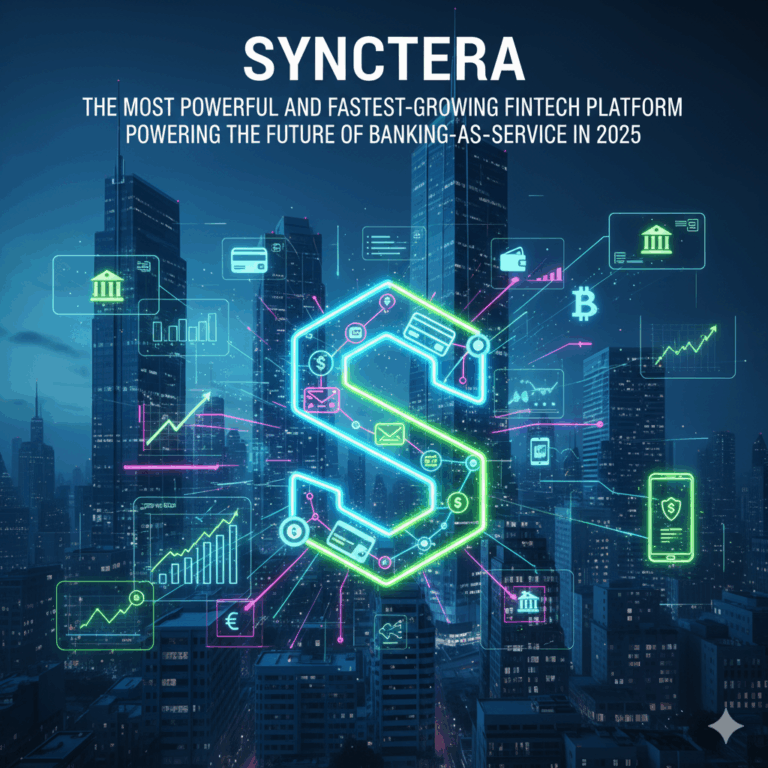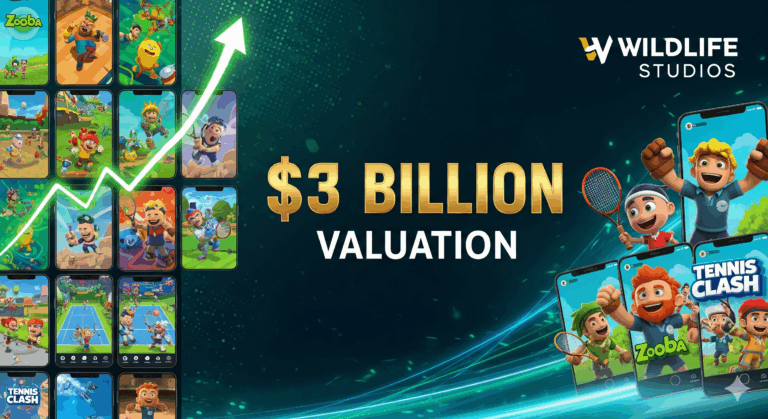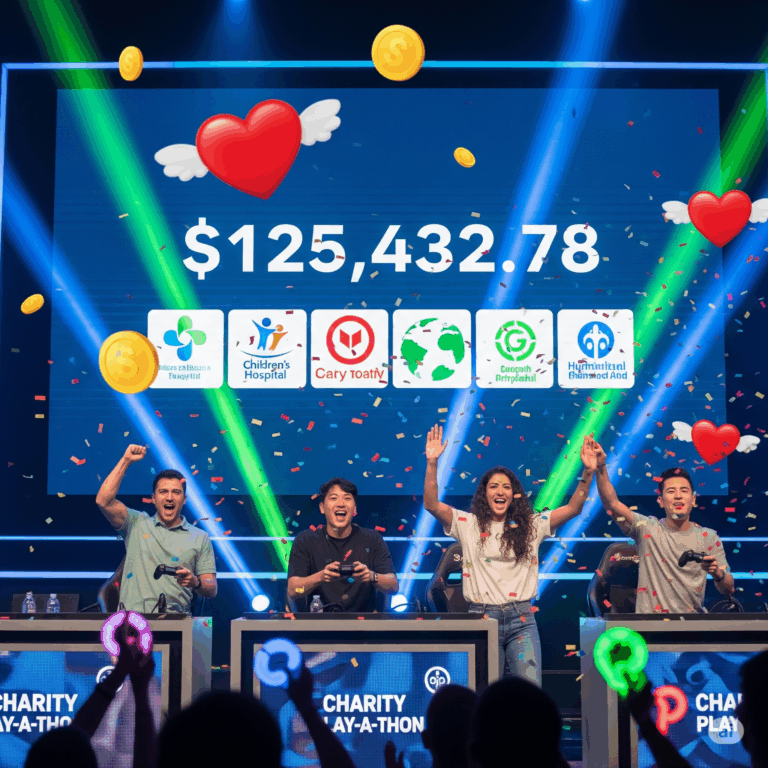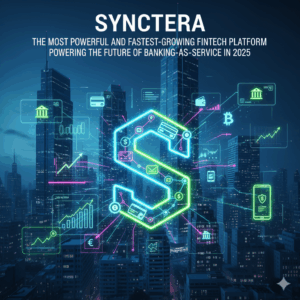
Are you looking for investment, pitch your idea with us!
Artificial Intelligence is transforming how we create digital experiences. From intelligent chatbots to automated workflows and decision-making tools, AI has become the backbone of modern innovation. One of the most powerful ways developers are building smarter, faster, and more capable applications is through the OpenAI SDK.
The OpenAI SDK is a complete developer toolkit that makes it easier to integrate OpenAI’s models—like GPT, Whisper, and Embeddings—into real-world applications. Instead of spending months writing complex code or connecting multiple APIs, the SDK provides simple tools and workflows that speed up AI integration and make applications smarter right out of the box.
In this article, we’ll explore 10 powerful ways developers are using the OpenAI SDK to build smarter AI-driven applications across industries like healthcare, finance, marketing, and education.
1. Creating Intelligent Virtual Assistants
One of the most common uses of the OpenAI SDK is building virtual assistants that can understand natural language, answer questions, and even perform specific tasks.
Think of applications like:
- Customer Support Bots that understand your tone and respond politely.
- Personal Productivity Assistants that can schedule meetings or summarize emails.
- Voice-based Chat Assistants integrated into websites or mobile apps.
For example, a hospital could use the SDK to create a patient-care assistant that helps patients book appointments, track medications, and get instant answers to common health questions. The SDK handles the conversation logic, memory, and AI reasoning—making these assistants incredibly lifelike and helpful.
2. Powering Smart Content Generation
The OpenAI SDK has become a cornerstone for companies that generate written, visual, or multimedia content automatically. Developers and marketers use it to create tools that generate:
- Blog posts and social media captions
- Marketing emails and ad copies
- Video scripts and product descriptions
For instance, a digital marketing platform could use the SDK to let users generate personalized campaign content by simply entering a few keywords. The SDK handles the language generation, ensures tone consistency, and even helps adapt content for different target audiences.
It’s like having a professional copywriter available 24/7—at the speed of AI.
3. Automating Data Analysis and Reports
Imagine if your reports could write themselves.
With the OpenAI SDK, that’s exactly what’s happening in industries like finance, logistics, and education.
The SDK allows AI models to:
- Summarize complex data sets
- Generate financial or sales reports
- Highlight trends and insights automatically
For example, a retail business can connect its sales database to an OpenAI-powered report generator that automatically analyzes weekly sales, identifies top-performing products, and generates visual summaries for managers.
This kind of automation doesn’t just save time—it also ensures that decision-makers get accurate, data-driven insights faster than ever.
4. Enhancing Search and Knowledge Retrieval
Search has evolved far beyond simple keyword matching. With the OpenAI SDK, developers are building intelligent search systems that actually understand what users mean, even if they don’t phrase it perfectly.
Examples include:
- Customer support platforms where users can ask questions like “How do I fix this issue?” and get accurate solutions instantly.
- Internal company knowledge bases that summarize relevant documents.
- E-learning platforms that retrieve precise educational content from large databases.
For example, a university portal could use OpenAI SDK to help students search course materials in natural language, such as “Show me the difference between recursion and iteration.” The AI understands context and intent—making search more intuitive and human-like.
5. Building Personalized Learning Systems
Education technology is one of the fastest-growing fields powered by the OpenAI SDK.
By analyzing user data and learning patterns, AI can personalize lessons, quizzes, and study materials for each student.
Real-world uses include:
- AI Tutors that explain concepts in multiple ways until a student understands.
- Homework Assistants that help students practice but still encourage learning.
- Career Guidance Bots that analyze a student’s interests and recommend suitable paths.
For example, an edtech startup can create a personalized learning platform that tracks how students answer questions and adapts future lessons accordingly. The OpenAI SDK makes it simple to embed adaptive intelligence into the app—something traditional systems can’t easily do.
6. Streamlining Business Workflows and Productivity
Companies often waste hours on repetitive administrative work—email writing, scheduling, documentation, and report updates. The OpenAI SDK helps developers automate these workflows.
Examples include:
- AI-driven document summarizers that extract key information from long reports.
- Meeting assistants that take notes and highlight key decisions automatically.
- CRM systems that suggest next steps based on customer conversations.
Imagine a startup founder who uses an AI-powered assistant built with OpenAI SDK to summarize daily Slack messages, create a short “To-Do” list, and even draft follow-up emails—all before breakfast. That’s real productivity amplified by AI.
7. Improving Healthcare Applications
Healthcare is an area where the OpenAI SDK shows enormous promise.
By integrating AI models, developers can build applications that assist doctors, patients, and researchers.
Practical examples include:
- AI medical assistants that help doctors quickly summarize patient history.
- Symptom checkers that guide users before visiting a clinic.
- Automated health report generators that turn complex medical jargon into simple explanations.
For instance, a telemedicine company might use the SDK to summarize medical reports or explain lab results in plain language, making healthcare more understandable and accessible for everyone.
8. Powering Smarter Customer Experience
Every business wants to provide faster and more personalized customer support—and the OpenAI SDK is helping companies achieve that with AI-powered solutions.
Applications include:
- E-commerce chat assistants that guide shoppers to the right product.
- Banking bots that help customers check balances or understand loan options.
- Travel agencies that offer instant itinerary suggestions based on user preferences.
For example, an online travel company could use OpenAI SDK to help users plan trips in seconds: “I want a 5-day trip to Japan with a mix of culture and food experiences.” The SDK helps the app understand user intent, suggest destinations, and even estimate costs—all conversationally.
9. Generating Code and Technical Documentation
While not every user needs to code, the OpenAI SDK is widely used by software developers to automate technical writing and code generation tasks.
Common uses:
- Automatic code comments and documentation for software teams.
- Code explanation tools for students learning programming.
- Developer assistants that suggest bug fixes or code optimizations.
For example, a software company might build an internal tool that automatically generates clean documentation for every new code release, saving developers hours of manual effort. It can even create user manuals for technical products—ensuring consistency and clarity.
10. Building Creative AI Experiences
AI isn’t just about logic—it’s also about creativity.
Developers are using the OpenAI SDK to build interactive, creative applications that entertain, inspire, and engage.
Examples include:
- Story-writing platforms that co-create fiction with users.
- AI music generators that help artists compose melodies.
- AI design assistants that help brands brainstorm creative ideas.
For instance, a music startup could create an AI tool that suggests lyrics or background tunes for indie artists. Similarly, a game development company could use the SDK to create characters that adapt to player behavior, making each playthrough unique.
How the OpenAI SDK Makes This Possible?
The reason the OpenAI SDK is so effective lies in its structure. It offers:
- Simple integration – Developers can plug into OpenAI’s models in just a few lines of setup.
- Scalability – Works for prototypes or large enterprise systems.
- Security and safety – Ensures responsible AI behavior with built-in safety filters.
- Multi-model support – Combine text, image, and speech AI for powerful results.
Whether you’re a small startup or a large enterprise, the SDK removes complexity and helps you move faster from idea to execution.
Real-World Example: A Travel Assistant Built with OpenAI SDK
Let’s imagine a travel company using the OpenAI SDK to create a smart assistant called Triply.
- A user says: “Plan a weekend trip from Mumbai to Goa for two people under ₹20,000.”
- The assistant understands budget, location, and trip duration.
- It fetches flight or train data, suggests hotels, and gives an itinerary—all conversationally.
- It even remembers the user’s preferences for future trips.
All this is done through the SDK’s AI-driven understanding and workflow management.
The company saves development time while offering a premium, personalized customer experience.
Best Practices for Developers Using the OpenAI SDK
To get the most out of the SDK, developers follow a few important practices:
- Start small and scale up – Begin with simple features, like a chatbot, before expanding into full automation.
- Use feedback loops – Collect user feedback to improve AI accuracy over time.
- Keep data secure – Ensure sensitive information is handled safely.
- Stay human-centered – Always design AI systems that assist, not replace, human users.
- Monitor and test – Continuously monitor AI behavior to maintain reliability and fairness.
Future of the OpenAI SDK
The OpenAI SDK continues to evolve, adding new capabilities such as:
- Real-time interactions (voice and audio support)
- Advanced agent collaboration (multi-agent systems)
- Seamless integration with databases and APIs
- Improved observability and debugging tools
In the near future, we’ll likely see AI-powered ecosystems—not just apps—where every digital experience can adapt, respond, and learn dynamically.
The SDK is paving the way for this transformation by giving developers the tools to build AI that feels more human, helpful, and holistic.
Conclusion
The OpenAI SDK is revolutionizing how developers build applications—making them smarter, faster, and more human-like.
From intelligent assistants and data analyzers to creative tools and educational tutors, its possibilities are endless.
By simplifying the integration of powerful AI models, the SDK helps businesses and developers bring their ideas to life faster and with fewer barriers. Whether you’re a startup founder, educator, or enterprise developer, the OpenAI SDK empowers you to turn imagination into innovation.




















